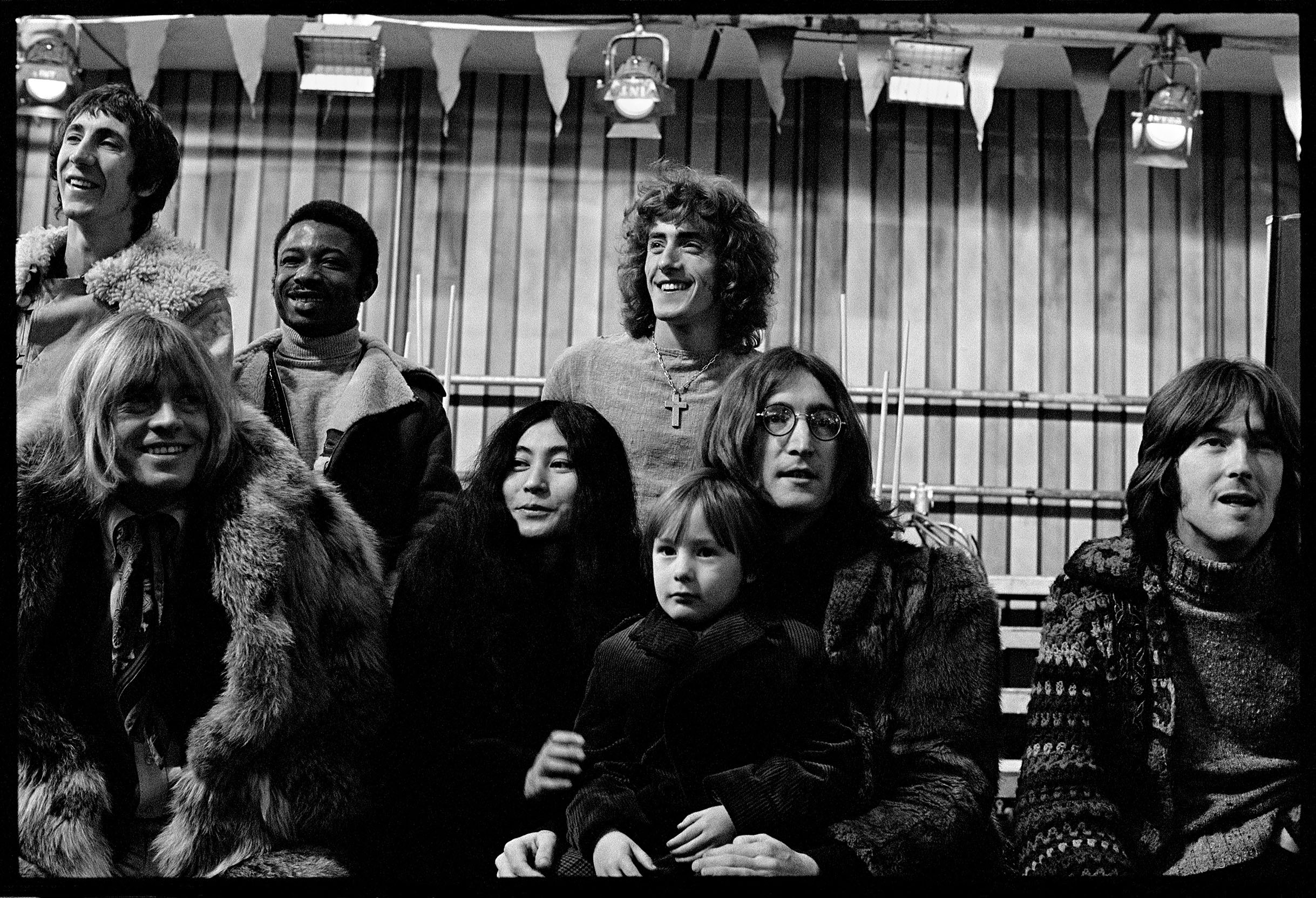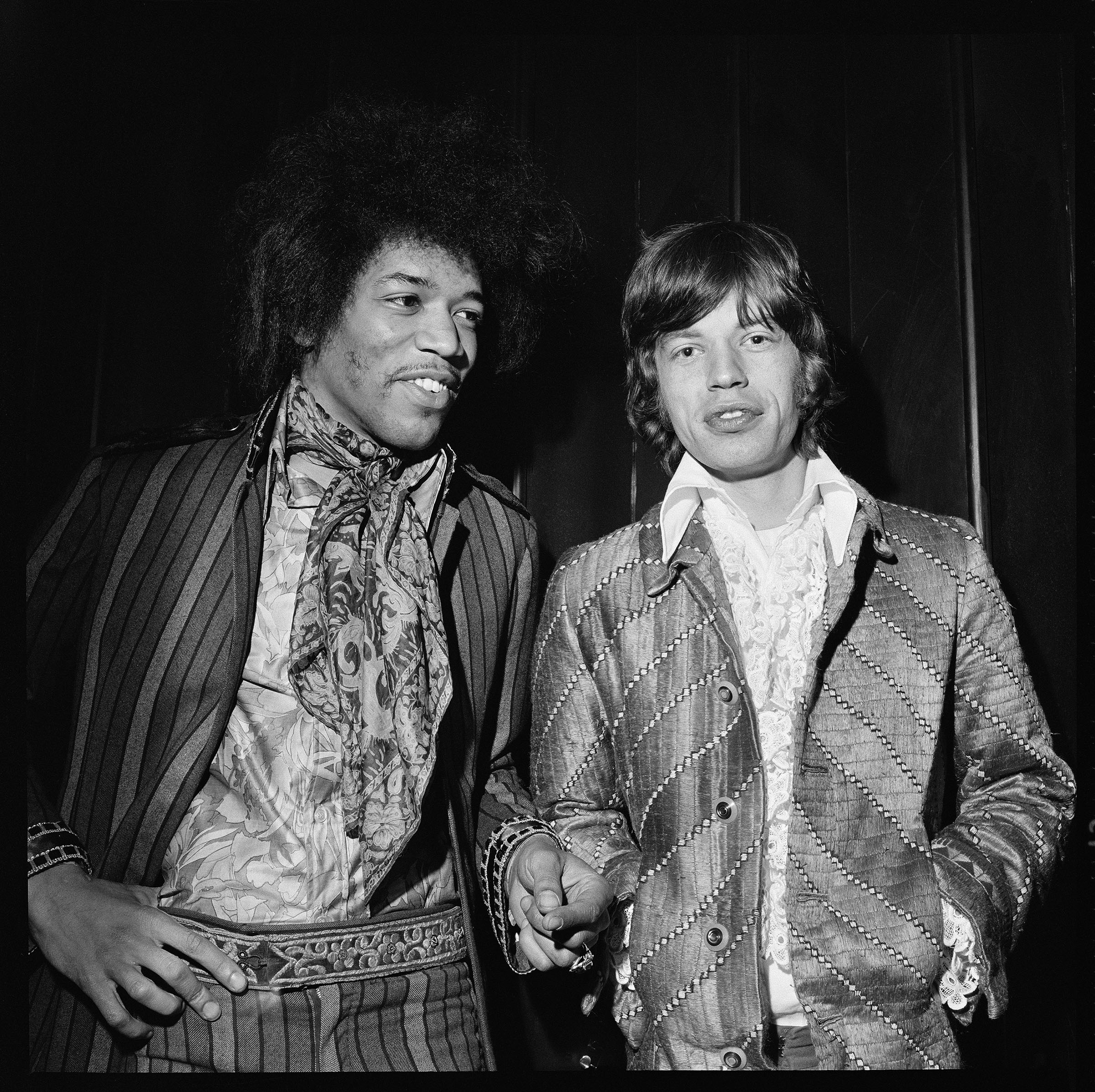Photographs by Alec Byrne
During the 60s and 70s, Alec Byrne shot some of the biggest legends of music for NME, including the Beatles, Mick Jagger, Aretha Franklin, Bob Marley and Jimi Hendrix. He operated with one of the busiest work schedules any aspiring photographer would dream to have today.
Byrne has now opened an exhibition of his work, 'London Rock: The Unseen Archive by Alec Byrne', featuring many unseen photographs and running from December 8th to January 2018 at Proud Central. This exhibition will coincide with the UK launch of Alec Byrne’s comprehensive book ‘London Rock: The Unseen Archive’, distributed by Ebury Publishing.
We fortunately had the opportunity to speak on the phone with Alec Byrne, while he was in sunny L.A. getting ready to come to London in preparation for his exhibition. We talked rock icons, favourite shoots and how life has changed from the crazy shows each day in busy London to the humble life he leads today in LA.
What was it like starting photography at such a young age, 17?
“Well, I started at 16 years old at an agency where I would dispatch films to photographers around London; it was a lot of fun and I would hang around with some of the guys from time to time. I was quite miserable at school so I ruled that out. I was always passionate about photography, and going to concerts and shooting everything as a young kid made me start my career. I eventually sent off one of my photos to NME and they published it for me.-It was an amazing feeling.
How did you feel capturing all these iconic rockstars?
For artists such as Bowie, I’d arranged to meet at a park, with only himself. (This was in 1969) We
wandered around the park, spent time together one on one which made us both, especially him, feel at ease. The time spent was very natural and because we were both originally south London based, it was really easy. Bowie had some of his favourite pictures captured that day. He’d used them for his tour collection. Eventually, he had published a book “Forward, Final Collection, 5 years” which was published 3 months before his death, with the same picture that I’d taken. That was a special moment for me.
How do you think the portrayal of musicians in the media today and back in the 60s and 70s has changed?
I definitely think access is one of the key aspects of how easy it was back in the 60s, where you
could easily call the musicians and even at a young age of 17, you could set up shoots and sessions. It was so easy and casual. It’s much harder now, with all of the contracts set up, and the access to musicians to easily shoot musicians at concerts are much more restricted.
Describe a typical day spending time with rock icons...
There was this one time where I attended a concert in Clapton and I was aware that the Beatles had attended the show. I was fortunate enough to shoot that concert. Afterwards, I was in a bar for the party that I’d attended and in the corner of my eye, I saw a man looking at me and as I got a better look at him, I realised it was Mick Jagger. I asked to take a photo of them together, and later I found that I had captured the first ever picture of Jagger and Hendrix standing next to each other. This was taken the night after my 18th birthday (May 4th 1967), which was great.
Did you ever predict how iconic and big the rock scene would be?
No, it never really occurred to me how great this era would be. I had the chance to work with so
many musicians and artists, if they weren’t London based, they’d definitely visit London as part of
their concert tour, so I becoming busy by the week. As my work progressed, I’d find my work
schedule to be increasing with shows every day. The buzz in London at the time was crazy, 100
singles a week from musicians, meant that everything was fast paced.
Any advice to young photographers?
Don’t take NO for an answer and stay with it! When I first started out, I’d call many papers and
magazines, and if someone said no, I’d keep trying anyway. Nowadays, it has become so different
with the internet, with social media and blogs you can publish your photos online and be recognised for it. Back in the day, you could contact offices and organise your own shoots, this by itself showed an interest in the band and their music, so it really got me started in my career.
What was it like to photograph on b/w film roll, compared to colour film in camera?
Well, I originally had Fleet Street Training, and throughout my years of capturing artists, I would
attend news events and I’d be expected to only use one roll of film, but never two - if it was any more than one, my bosses thought I was making a film. If the roll was black and white, then I could send off the film and get the pictures back in a couple day. With colour film, it was a whole different story! With bands such as Queen who were so busy at the time, if you captured them in colour film, you had to cross your fingers and hope for the best.
Alec Byrne’s exhibition is at Proud Central, starting from the 8th December-28th January 2018.





